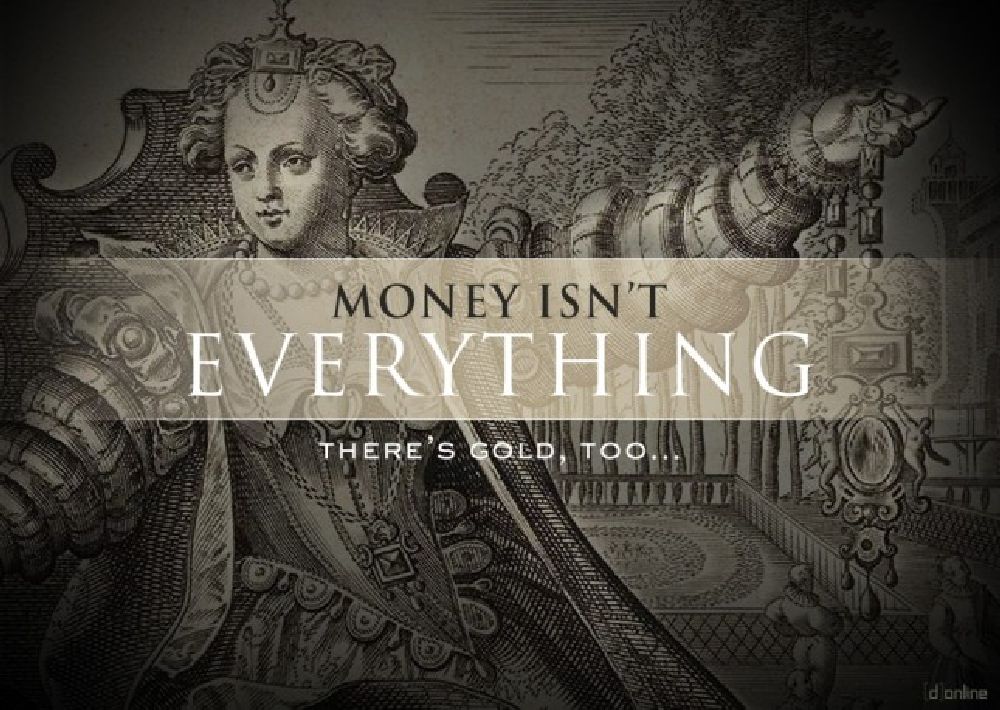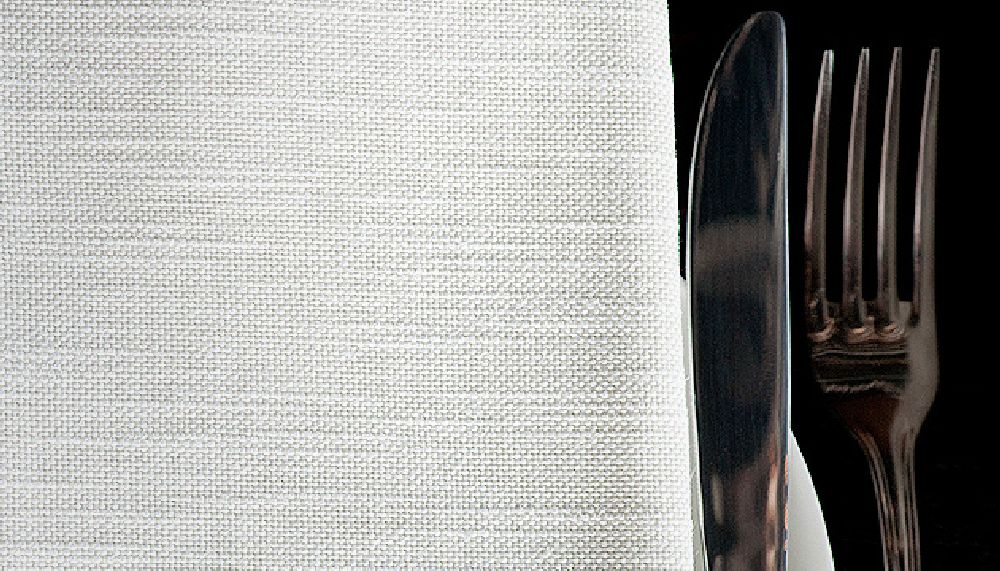
The Thickness of Napkins
“What does a napkin tell you about a restaurant? Quite a lot. A restauranteur friend told me about a survey that showed a massive correlation between category of napkin and customer satisfaction. That’s not to say you can hand out deliciously thick napkins in a shitty burger joint and immediately win customers over. It’s a cause and effect thing. The napkin represents a degree of care, preparation and devotion that goes above and beyond asking if they want fries with that.”
This brief, but poignant article by Des Traynor, COO at Intercom, reminded me of a lesson I learned in developing Lyrek CEMS for the Fashion & PR industries back in 2007.
I sat down during a training session with a woman that ran the PR for many industrious fashion designers and started walking her though the product, then called Reserve-U. Her response:
“It doesn’t work.”
I rebutted with confidence that the product had been thoroughly tested and I assured her there were no bugs in the system.
“You don’t understand,” she said. “It’s ugly, so it doesn’t work.”
Read the rest of the article on ERA404’s web site, here:
http://www.era404.com/press/building-a-better-mouse-trap/
Read the rest of “The Thickness of Napkins” on Contrast:
http://www.contrast.ie/blog/the-thickness-of-napkins/
(via @raf)
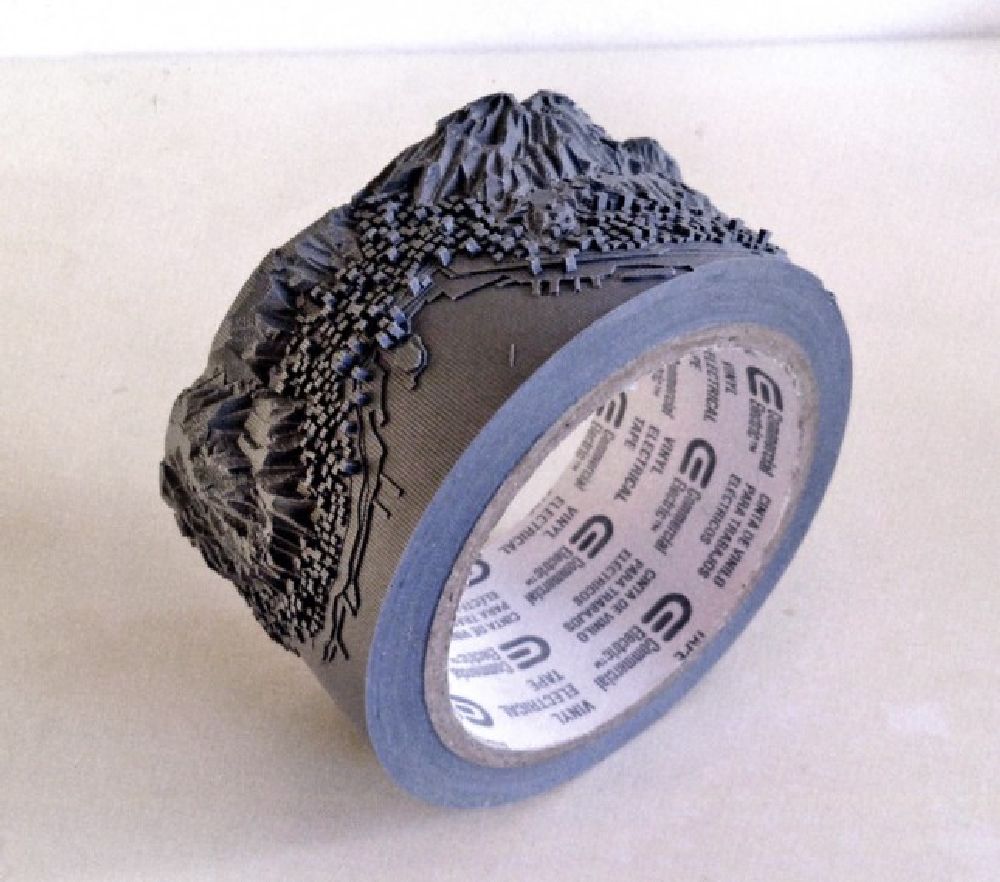
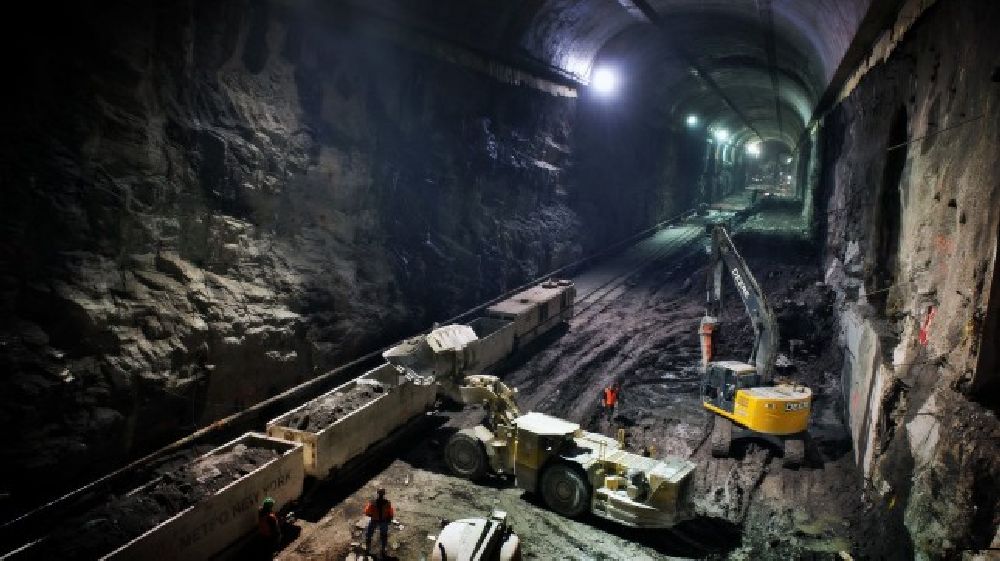

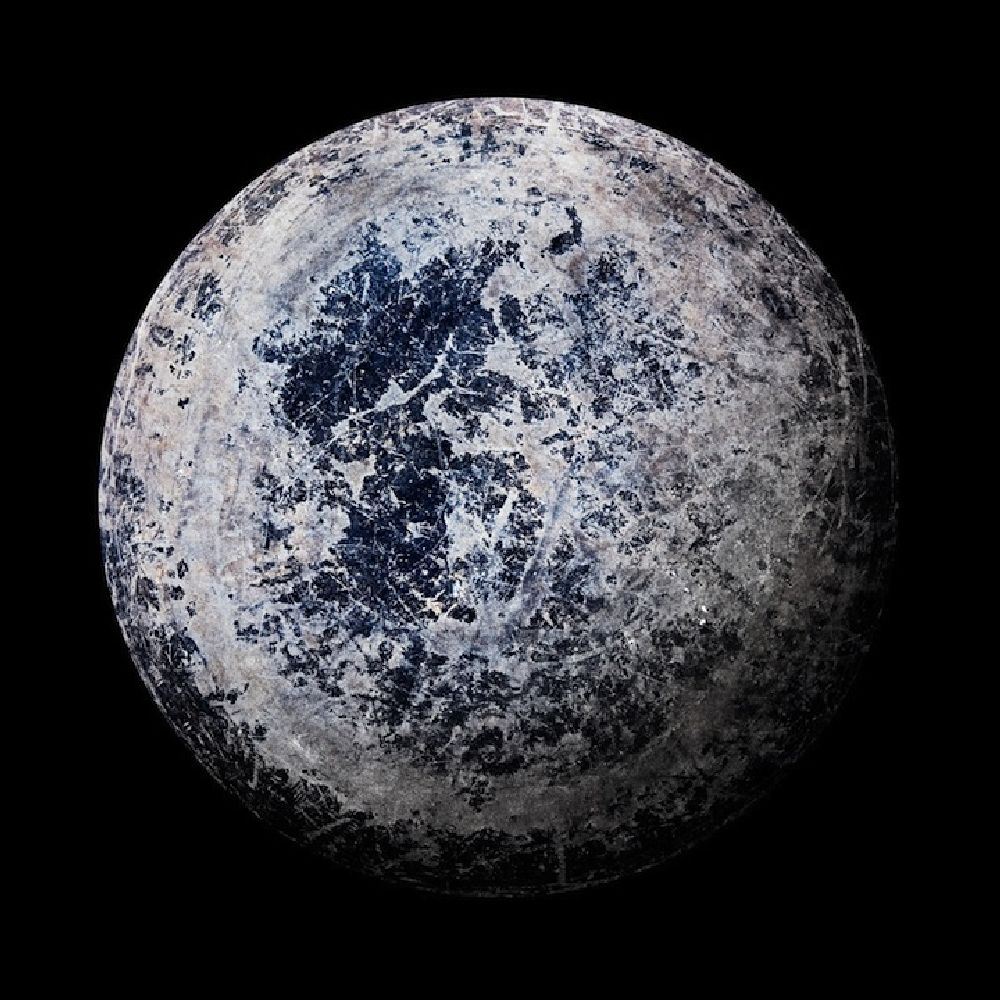

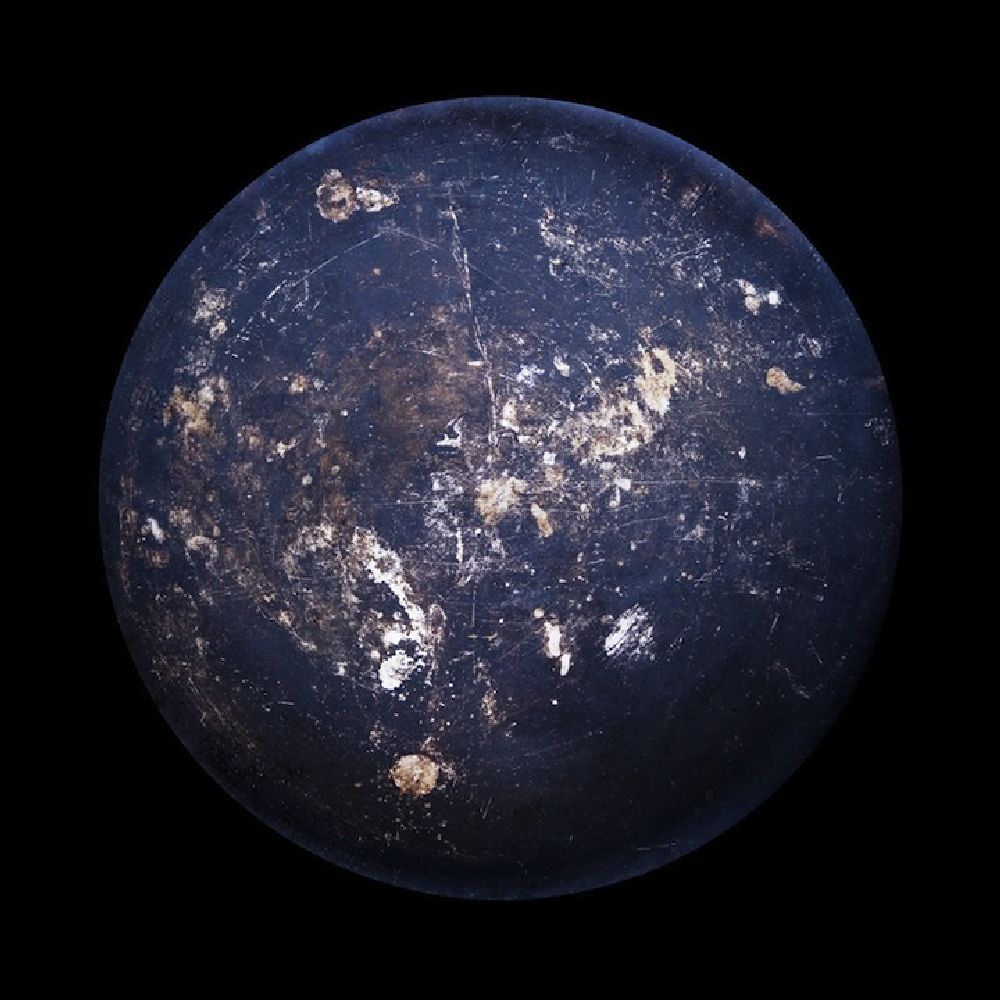
![[d]online - Twitter Card Example](https://don.citarella.net/wp-content/uploads/2013/02/donline-e1361234038628.jpg)

